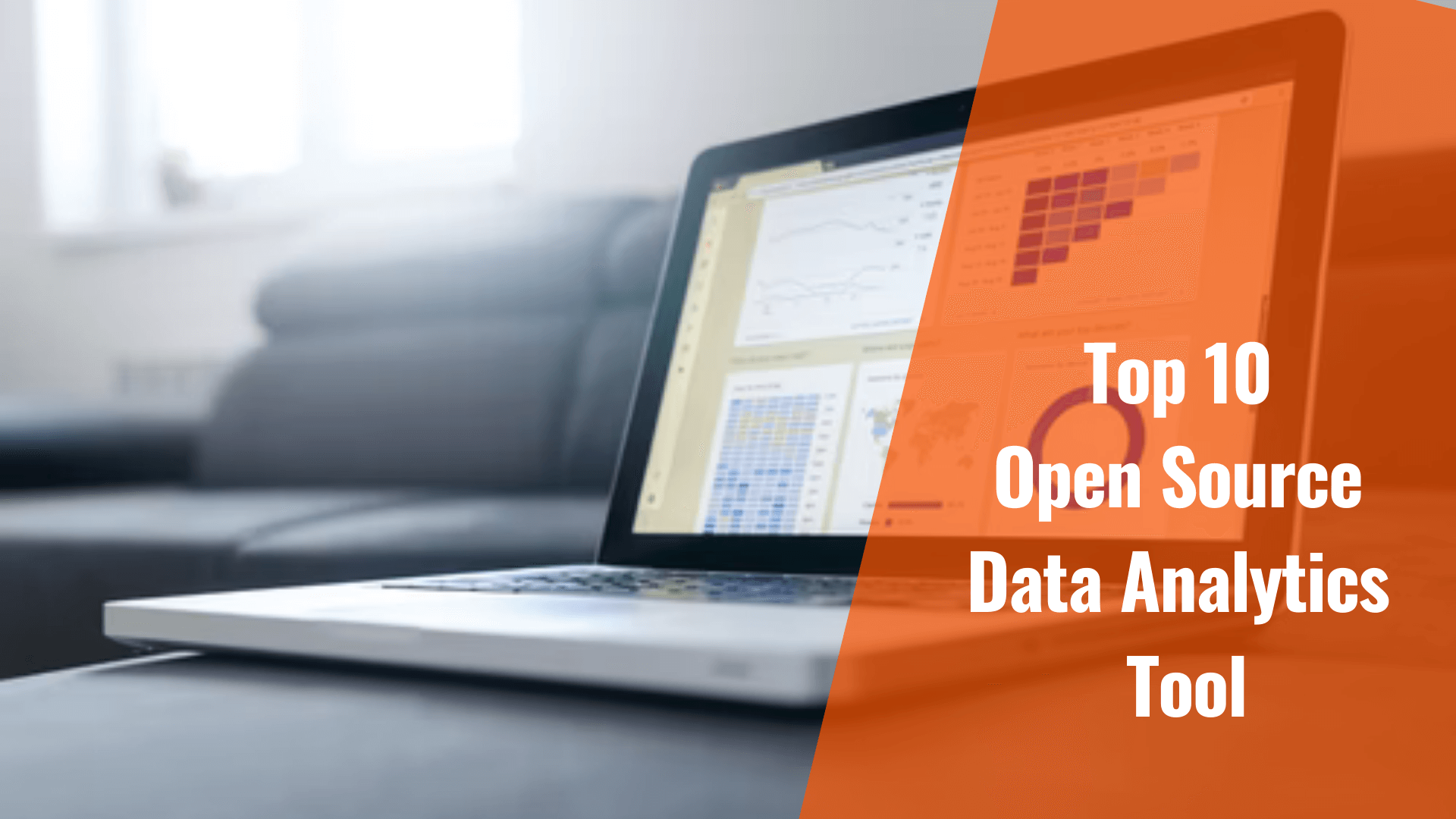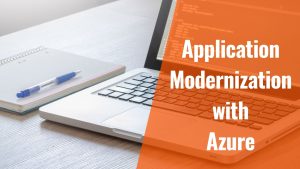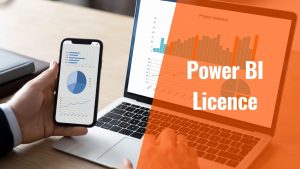
Top 10 Open Source Data Analytics Tools [ 2021]
Data analytics refers to analyzing an enormous amount of data to gather useful information. Moreover, it plays a significant role in the decision-making of business operations.
But, the process of collecting and transforming data into meaningful insights can be challenging until you are familiar with some meaningful Data analytics tools. In addition, it is a bit difficult to choose the best data analytics tool for your business from the crowded list.
But hang in there,- After some genuine research and application, we came up with the Top 10 Open-source Data Analytics Tool of 2021.
Microsoft Power BI
Power BI is one of the most popular data analytics and visualization tool by Microsoft. The major reason Microsoft Power BI is so popular is that it has great machine learning capabilities and advanced analytics. It can process large volumes of data from multiple sources. It is user-friendly and offers an easy-to-use drag-and-drop tool with features and functionalities that allow you to copy all formatting across similar visualizations. The integration with Excel ensures its unique place in the list of other data analytics software. This allows you to gather, analyze, publish and share excel business data.
Power BI helps to facilitate big data preparation with Azure. Using Power BI with Azure, allows you to search and share an enormous quantity of data and with Azure data lake, you will reduce the time it consumes to get insights and increase collaboration between business analytics, data engineers, and data scientists.
Apart from this Power BI is incorporated with some wonderful features like
- Power BI Desktop– is free software that you can download to build reports by accessing data easily. In Power BI Desktop, you do not need advanced report designing or query skills to build a report.
- Stream Analytics– Power BI supports stream analytics. From factory sensors to social media sources, it assists real-time analytics to form timely decisions.
- Multiple data sources– Power BI allows data from various sources like Excel, CSV, SQL Server, web files, etc to create interactive visualizations.
Read here: What is Power BI for Retail Industry?
2. Splunk
Splunk is a platform that is used to search, analyze and visualize the machine-generated data gathered from applications, websites, etc. It was named by Gartner as a Visionary in the 2020 Magic Quadrant for APM. This software can collect data from almost every source such as IoT devices, Microservices, Software applications, Log files, Remote Sensors, and network devices. Splunk indexes the data to make it accessible and then allows users to search and analyze that data.
Splunk primarily offers three products for all divisions that are – Splunk Free, Splunk Cloud, Splunk enterprise. All these three products differ based on their features and are available for free or trial versions. It comes with different price options based on predictive pricing, rapid packages, and infrastructure-based pricing. Splunk Enterprise is compatible with a variety of operating systems and it has evolved products in the fields of IT, security, DevOps, and analytics.
It works by connecting to machine data sources and forwarding data to the system where it is then stored and indexed. Splunk currently does not offer a no-code experience for analyzing machine data but it does offer some free learning materials on its official website to learn SPL (Search Processing Language). Implementation of machine learning usually requires a lot of data science resources but Splunk makes machine learning a little more easy and accessible to regular users.
3. Tableau
Tableau is among the list of most talked-about tools by the business intelligence-based industries for analysis and visualization of machine data. It was founded in 2003 as a result of a computer science project that aimed to improve the access data into useful forms through visualization. The best part of Tableau software is its easy-to-use interface which makes it more user-friendly.
There are five products of tableau that are available in the market.
- Tableau desktop is used to create reports, charts, and dashboards to visualize the data easily.
- Tableau Public is a free product that allows you to save your workbook on Tableau’s public cloud which can be viewed and accessed by anyone.
- Tableau Server is used to share and publish workbooks, reports, visualizations, etc that are created on Tableau’s desktop.
- Tableau Online is also a sharing tool and has features similar to the Tableau server.
- Tableau Reader is a free tool that you can use to open and interact with data visualizations that have originated on Tableau Desktop applications or Tableau Public.
4. Knime
Konstanz Information Miner is an open-source data analytics and visualization tool that facilitates data mining and machine learning. It is most commonly know as Knime which is a platform built for analytics on a GUI based workflow. It was launched in 2006 and now it has users all around the world.
Knime provides two software. One is Knime Analytics platform that is an open-source platform used to clean and gather data and creates Data science workflows whereas another one which is Know as Knime Server is a platform used by enterprises for the deployment of data science workflow as well as management and automation of information.
Knime is made for users who do not have any prior knowledge of coding and programming, hence any non-technical user can use Knime to derive insights of data.
Some of the features of Knime:-
- Knime provides an interactive graphical user interface to create a visual workflow using the drag-and-drop feature.
- It supports multi-threaded in-memory data processing.
- Knime server automates workflow execution and supports team-based collaborations.
Build Your Business Data Analytics Dashboards
5. Qlikview
Qlikview is a software package that is used vastly in BI, supporting the creation of dynamic apps for analyzing information.
How Qlikview is different from other analytics report or visualization tools:-
It is not just a Data visualization tool but also known more commonly as a data discovery tool. Data discovery is a user-driven process of searching for specific items and patterns in datasets. Instead of only analyzing and visualizing the data, you can do much more using this tool. You can make apps that are kind of visualization apps, you can add buttons and list boxes and you can even go ahead to define your data models.
Here are some cool features of Qlikview that take your data analytics to a different level
- Unique data discovery and global search
- Collaboration
- Absolute control over data
- Secure working environment
- Flexibility and integrations
- Consistent reporting
6. Grafana
Grafana is open-source analytics and data monitoring software. It basically provides charts, graphs, and alerts for the web when connected to data sources. It has features to support all the major databases. It has a very large community of happy users.
Grafana has become the world’s most famous analytics tool which is used to compose observability dashboards with everything from Prometheus and graphite matrices to
logs and application data to power plants and beehives.
Moreover, It comes with some amazing features to facilitate your user experience:-
- Visualize – Grafana has a ton of visualization options to help you understand your data.
- Open-source – Grafana is a completely open-source web application that can be installed easily.
- Unify – Grafana allows you to bring together all your data at one platform for better context. This is because grafana supports dozens of databases natively and you can mix them together on the same dashboard to get unified insights.
- Alert – Grafana seamlessly defines alerts when it makes sense while you are in the data and defines thresholds visually.
- Extend – It can be extended and you can discover hundreds of dashboards and plugins available in the library.
- Collaborate – You can bring everyone together on a platform by sharing data and dashboards across teams.
7. Redash
Redash also comes in the list of the top 10 Open-source Data analytics tools. It enables users to collect data from data sources and helps to build a dashboard to analyze and visualize the data. It also helps to share data across organizations.
“Redash is as essential as email to my company. We love data but accessing the data is pain without Redash. Any company I go to, I get them hooked on Redash. It’s an easy sell.”
– By Ben Dehghan, Co-Founder of Data Miner.
Redash gives you a SQL interface to query your database in natural syntax, yet it provides you with some tools like Schema browser, Autocomplete, and Query snippets. Using Redash, you can visualize your data query with a wide variety of visualizations and then group these visualizations into the dashboard skillfully. You can also set up a refresh schedule so that you can get the freshest data while waiting.
8. Rapidminer
The Next data analytics tool on the list is Rapidminer. Rapidminer is the highest-rated, easiest to use Data Science and Machine Learning platform. It is a Visionary in 2021 Gartner Magic Quadrant for Data Science and machine learning.
Rapidminer is a platform for Data Processing, build Machine learning models, and deployment. Its products such as Rapidminer studio, Radminer Go, Rapidminer Server, Real-time scoring, and Radoop, differ in functionality and pricing options.
It launched Rapidminer 9.6 which extends the platform for full-time coders and BI users. Hence, It is a fully transparent, end-to-end data science platform that enables data preparations, Machine learning, and model operations. Companies such as BMW, Hewlett Packard Enterprise, ezcater, Sanofi use Rapidminer for all their data processing and machine learning models.
8. Apache Spark
Apache Spark is a unified open-source platform to store and process massive amounts of data across various computer clusters using simple programming constructs. Apache Spark is designed to accelerate analytics on Hadoop while providing a complete suite of complementary tools that includes a fully-featured machine learning library, a graph processing engine, and stream processing.
Let’s talk about some important features of Apache Spark:-
- Speed – Spark stores data in the RAM, hence it can analyze the data quickly and boosts the speed of analytics
- Ease of use – It supports multiple languages and allows the developers to write applications in Java, Scala, R, or Python. Spark comes up with 80 high-level operators for interactive queries, Spark code for batch processing, joins stream against historical data, or runs ad-hoc queries on stream state.
- Generality – Analytics can be performed better as Spark has a rich set of SQL queries, machine learning algorithms, and complex analytics. It provides a stack of libraries that you can combine in the same application.
- Spark can run everywhere on Hadoop, Apache Mesos, Kubernetes, standalone, or in the cloud and hundreds of other diverse sources.
- Community – It is used by a wide range of organizations and enterprises to process large datasets.
9. Talend
Talend is a software vendor specialized in data integration. Talend was founded with the vision to modernize data integration.
Gartner named Talend as a Leader in the 2021 Magic Quadrant for Data Integration Tool.
It is available both open-source and in premium versions. It is one of the best tools for cloud computing and big data integration.
Features of Talend:-
- Talend offers Automation, it even maintains the task for the user. It helps quick deployment and development.
- It offers open-source tools that you can download for free, significantly reducing the development costs.
- Talend provides you a unified platform to integrate with many databases like SaaS and other technologies.
- Using a Data integration platform, you can build flat files, relational databases and cloud apps ten times faster.
10. Pentaho
Pentaho is an open-source data integration and visualization software. Pentaho is a suite of Business Intelligence products. It is a one-stop solution for all your needs which means you can integrate the data, build dashboards, provides OLAP (Online Analytical Processing) Services, data reporting, visualization, data mining, and many ETL capabilities using the same platform.
On top of that, it takes less integration time and infrastructure cost. Yet, it is a highly customizable tool because it is created in Java. it is the only open-source data analytics tool that supports big data and allows you to integrate and visualize enormous amounts of the data files from sources like SQL Server, Oracle, Teradata, and flat files. Pentaho is the most easy-to-learn and user-friendly tool. It provides 247 help-desk support to users.
Pentaho is equipped with some special features such as
- Data Integration
- Cloud Analytics
- Big Data Analytics
- Ad Hoc Analysis
- Predictive Analysis
- Business Analytics
- Online Analytical Processing
- Embedded Analytics





Comments
No comments yet.